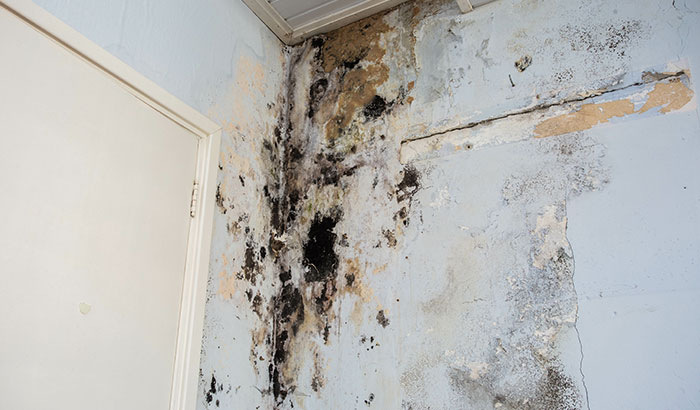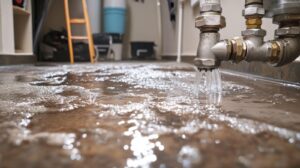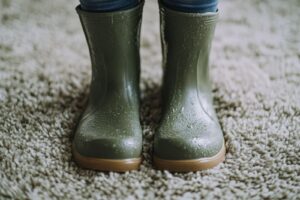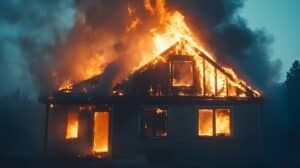Can mold cause illnesses? Definitely. Keep reading to find out what illnesses mold can cause, and how to prevent them.
Symptoms of Mold Exposure
Molds can produce allergens, irritants, and even deadly substances known as mycotoxins. These substances can float through the air in mold spores which can then be breathed in, potentially causing respiratory issues. Not everyone is sensitive to mold infestations in the home, however. For those who are sensitive, mold exposure can cause a number of uncomfortable symptoms, including:
- Memory loss
- Lethargy
- Stuffy nose
- Wheezing
- Coughing
- Sneezing
- Itchy eyes or skin
These symptoms can be especially severe for those with allergies, pre-existing respiratory conditions, or the elderly. Additionally, those who work around large mold infestations for long periods of time like farmers working with infested hay are also more likely to have severe symptoms.
Mold Exposure in Children
Children can suffer all the aforementioned symptoms of mold exposure, but they may be at risk of more serious conditions as well. A tentative link has been established between mold exposure and asthma in young children, especially those who are genetically predisposed to the condition. Additionally, there may be a link between mold exposure and acute idiopathic pulmonary hemorrhage among infants, although further study is required in this area.
Mold Prevention
In order to not let mold cause illnesses in your home you’ll need to take steps to prevent mold from forming. You can do this by:
- Depriving mold of moisture. Mold requires moisture to grow, so the most essential step in mold prevention is to control moisture levels within your home with a dehumidifier and an air conditioner in warmer months.
- Drying water damaged areas within 24-48 hours to prevent mold growth.
- Properly ventilating potentially moist areas in your home such as the kitchen, laundry room, and bathroom.
- Promptly fixing any leaks in your ceiling, windows, or plumbing, as they occur to prevent water damage and excess moisture.
- Avoid carpeting areas like bathrooms or basements that may receive a lot of moisture.
- Cleaning up any mold that you do find promptly and effectively to keep it from spreading.
Mold Removal
Large mold infestations should always be removed by a professional, although you can attempt to remove smaller patches yourself. You can do this by mixing a fourth tablespoon of baking soda with a spray bottle of water, then spraying and scrubbing the affected area until it’s clean. If the mold patch continually returns it’s an indicator of a bigger problem within the area, and again should be dealt with by a professional.
Contact Black Diamond Restoration
If you’ve got mold you just can’t get rid of, it’s likely time to seek expert help. Before you let mold cause illnesses in your household, Contact Black Diamond Restoration to get your free mold removal estimate. We offer 24/7 emergency service because we understand that mold, fire and water damage doesn’t just happen during business hours. We serve the Murray and Salt Lake City, Utah, areas.







